Luigi's Mansion Review
The GameCube classic returns to 3DS
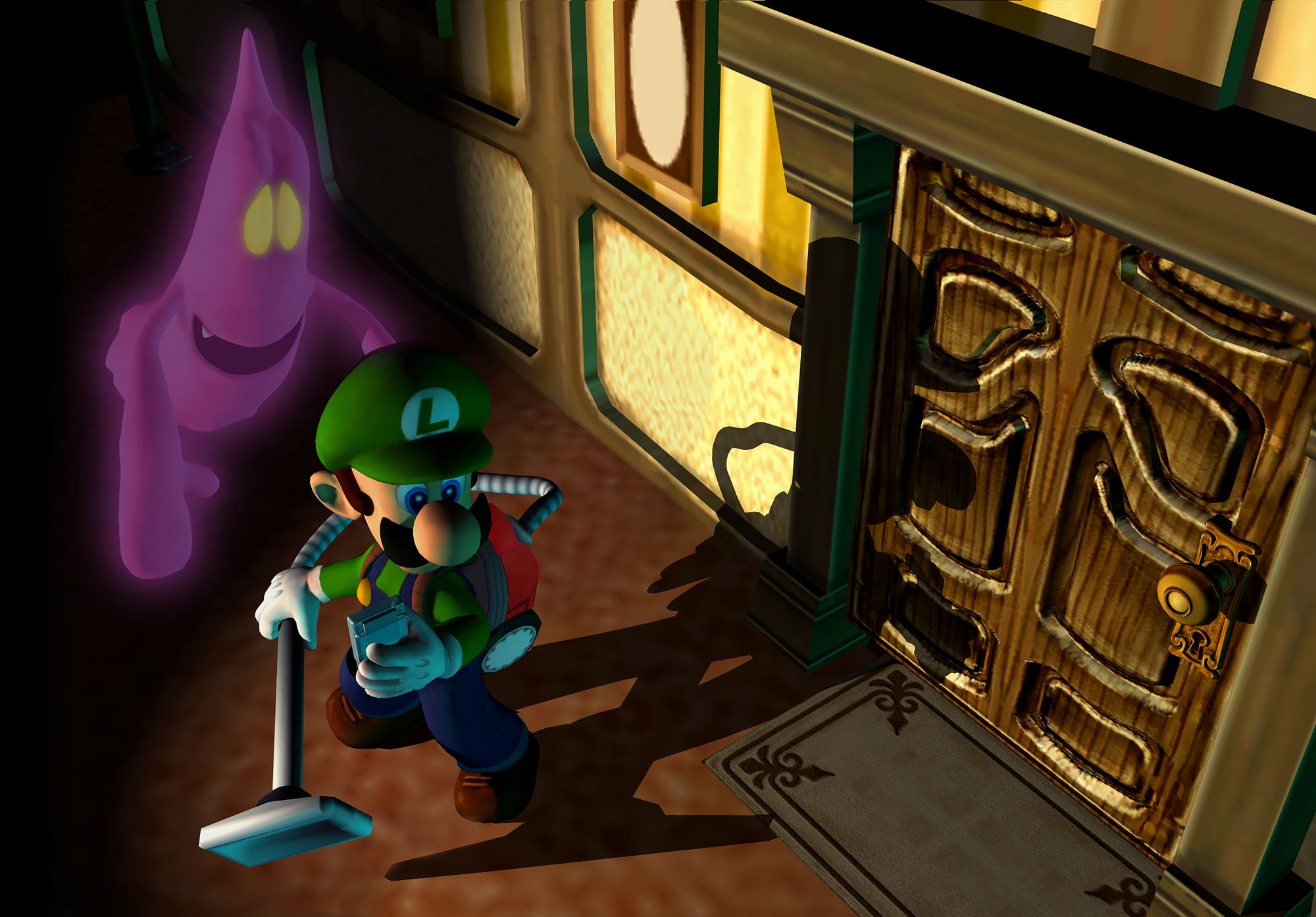
This game was reviewed using an eShop code provided by Nintendo for Nintendo Switch.
Readers of this review probably fall into a couple of camps: either you own a 3DS or you don’t. If you don’t, then take this as my gentle recommendation to reconsider. If you do, then you might find yourself wondering just how much life the console has left in it, as new releases become more sparse with each passing month. Whichever camp you’re in, there’s also the important question of whether or not you’ve ever played Luigi’s Mansion. Given that this 3DS version is the only re-release of the game so far (the original being a title that launched with the GameCube way back in 2001/02), then I’d say it’s highly probable many of you never experienced this bizarre — and truly wonderful — “spin-off” that ended up developing something of a pretty major cult following.
For the purpose of this review, I’ll keep it simple: if you have never played Luigi’s Mansion — and you own a 3DS — this release is an absolute no-brainer. I’ll explain why in a moment.
The bigger question, perhaps, is for those people who have played the original on GameCube: is it worth re-buying on 3DS? That’s really going to depend on your expectations going in. Let’s take a look.
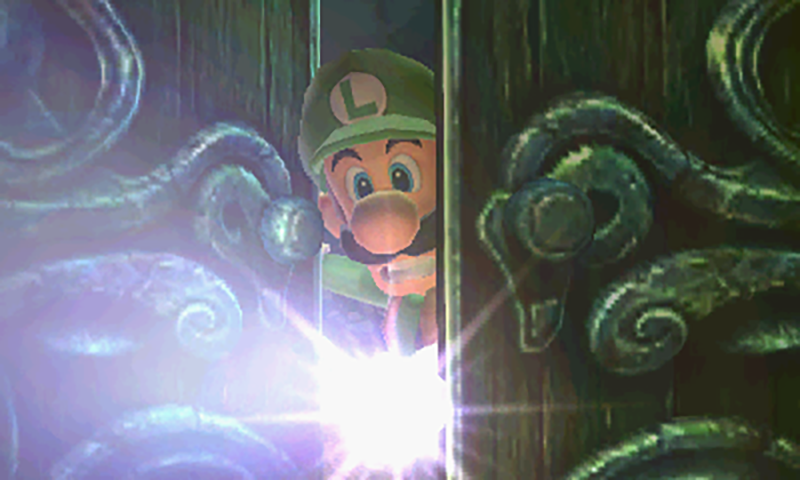
“If I told anyone else, they’d have me committed.”
- Professor E. Gadd
I’ll never forget the reveal trailer for Luigi’s Mansion. The game was first announced at Nintendo’s Space World show in 2000 (sadly, the last of the Nintendo-hosted events occurred in 2001, but that’s another story). The announcement was notable for a few reasons. For starters, Luigi’s Mansion was to be a launch title for the GameCube, which was a big deal; everyone had expected a new Mario platformer to launch with the console. Not only was this not a traditional Mario platformer, but it was a completely different concept: it featured Luigi reluctantly exploring an enormous haunted house, hunting ghosts with his trusty vacuum cleaner.
I also think it’s fair to say that Luigi’s Mansion got people excited. At the time, its graphics were compared favourably with Pixar’s Toy Story; it was the first time we saw Nintendo’s endearing animation combined with truly powerful 3D graphics technology. Luigi’s expressive facial animation was astounding. And when he aimed the vacuum at a curtain or a piece of cloth, the way it rippled and distorted was absolutely jaw-dropping. In so many ways, Luigi’s Mansion was a powerful demonstration of the GameCube’s hardware technology. It was also a game that utilised the new GameCube controller with its twin-analogue stick design; you’d use the left stick to make Luigi walk around, and the c-stick would be used to aim his flashlight and vacuum.
When I think back to that time, I remember the temptation to write Luigi’s Mansion off as some kind of glorified tech demo. But, as it turned out, the full game was a remarkably unique — and surprisingly deep — adventure that brought with it some of the most clever and hilarious puzzle design I’ve ever seen.

“M-M-M-M-Mario?”
- Luigi
Poor Luigi, ever the reluctant hero. He wins a contest (that he never entered, by the way) and the prize is an impossibly large — and creepy — mansion. After agreeing to meet Mario there, Luigi arrives to discover that Mario is nowhere to be found. Before he can properly assess the situation, he’s ambushed by a ghost and saved by the intrepid Professor E. Gadd, who becomes Luigi’s guide and mentor of sorts. He’s a cheerful fellow who is rather proud of his most significant invention: the Poltergust 3000, a powerful vacuum cleaner that can be used to gobble up ghosts. Needless to say, if Luigi wants to find Mario — and to restore the mansion to its former, non-ghost-ridden glory — he’ll need to work with E. Gadd to rid the mansion of its translucent terrors room-by-room.
Although this game takes place in a single mansion, it’s fair to say that this labyrinthine building will take you quite some time to fully explore. The building itself is divided into several zones (which are basically like “levels”), although these zones overlap quite significantly. So, for example, you might be exploring a particular zone that has certain rooms which remain locked until much later on in the game — you’ll find yourself regularly back-tracking through areas you’ve already explored to discover new secrets and hidden locations. This never feels tedious, because Nintendo pack new surprises around every corner. One of my favourite examples is where a hallway I’d walked through many times suddenly played host to a new type of ghost — this ghost was impervious to my flashlight and vacuum, and didn’t even seem to notice me, until I lit the brazier he was holding, forcing him into a mad dash to the kitchen, where I had a small window to confront him.
This is just one of the many examples of ghosts you’ll encounter throughout the game. There are several kinds of ghost encounters, too — in most rooms, you’ll come across a certain variety of fairly run-of-the-mill ghosts which each require their own tactic to defeat (one type, for example, will try to sneak up behind you and nab you in a bear hug). But in addition to these ghosts, you’ll encounter much more elaborate spirits that almost feel like mini-bosses — often, they will be minding their own business, attending to tasks that they might have done while they were alive (for example, playing a musical instrument or reading by a warm fire). You won’t be able to simply suck ’em up the minute you see them — rather, you’ll need to find a way to expose their heart (which quite literally appears inside their body once triggered). The tactics you need for each ghost will be completely different, and will often require you to manipulate the environment in some way (for instance, one ghost is sitting in a room with an open window that is covered by the curtain — if you use your vacuum to pull back the curtain, the ghost will start to shiver from the cold air, and will head towards the window to pull the curtain closed; that’s your time to strike).
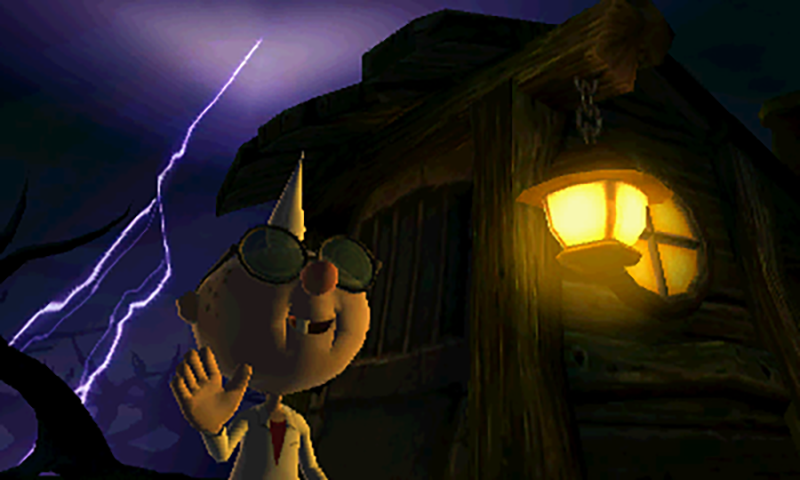
“What’s that he’s got on his back!? It’s E. Gadd’s Poltergust 3000! Everybody scram!”
- King Boo
It may interest you to know that the Nintendo GameCube is actually capable of displaying images in stereoscopic 3D. Nintendo ultimately decided not to utilise the feature, but Luigi’s Mansion was apparently built with this capability in mind. This makes it even more notable that Luigi’s Mansion has come to the 3DS — the minute you start playing this with the 3D cranked right up, you’ll immediately see that it’s a game built for 3D. Sure, it works just fine in 2D (and that’s obviously how we all played it on the GameCube), but the specific, diorama-like viewing angle lends itself well to the 3D effect. It really feels like you’re looking inside a tiny’s doll’s house full of little ghosts.
But there are other reasons to consider the 3DS version. For one thing, the game has been ported by Grezzo, who have become legendary in terms of their masterful 3DS ports. Even using the word “port” feels a little misplaced here; this game, like the Zelda titles before it, was built almost entirely from the ground up by the Grezzo team. Some areas — especially the lighting — aren’t quite as advanced on the 3DS as they were on the GameCube. But on the other hand, new models and textures work wonders in terms of visual fidelity. This game is still a beautiful sight to behold, thanks in large part to its original art design, and also to Grezzo’s fine work here.
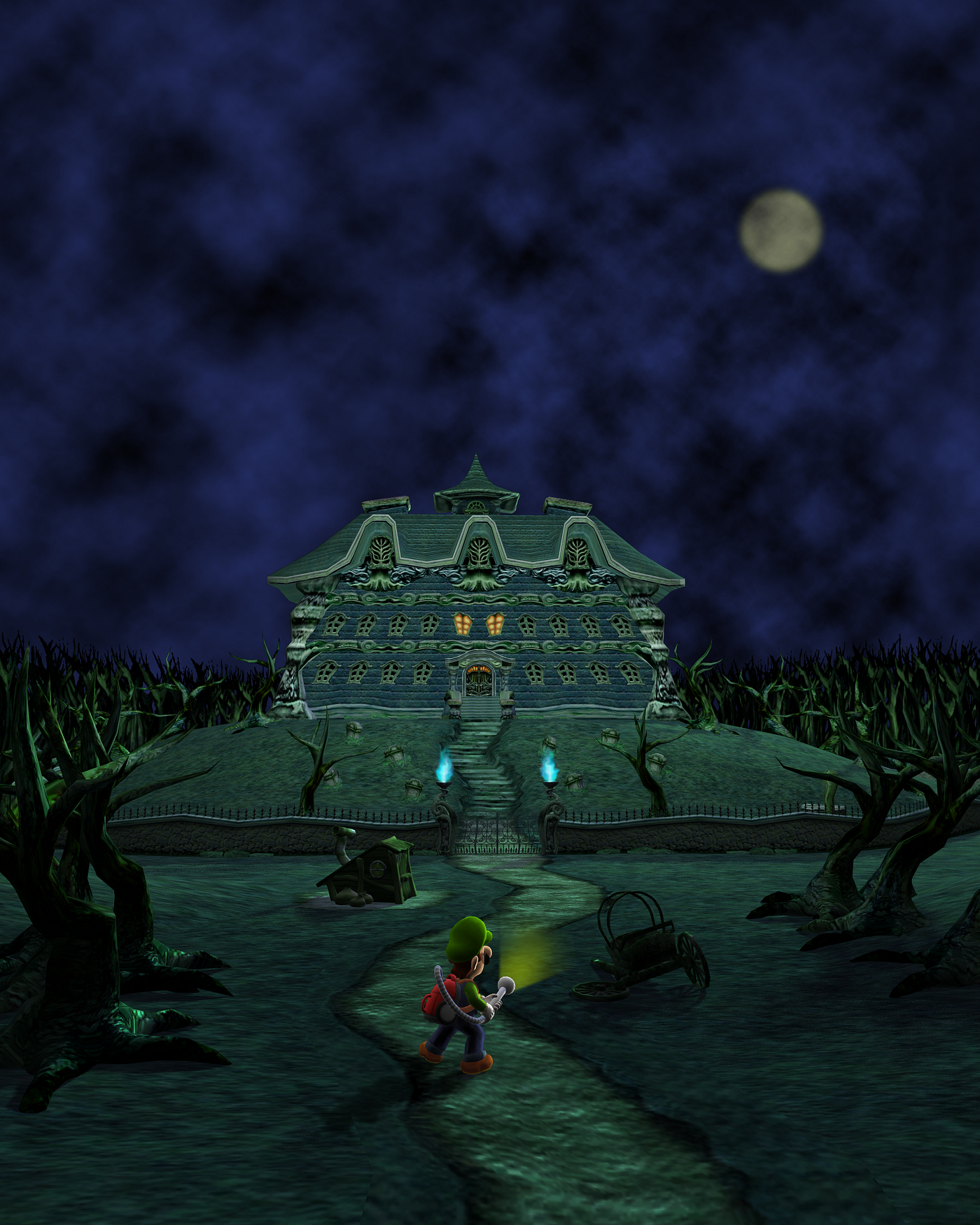
I must admit, coming into this, I was mostly worried about the controls. Luigi’s Mansion relied heavily on the GameCube’s two analogue sticks — how would it fare on 3DS? Yes, there’s a “nub”, but I don’t consider it to be a true replacement for a second analogue stick.
The good news here is that, true to form, Grezzo have carefully considered their options. They have offered multiple control methods in the 3DS release, so that each player can tweak the settings to his or her liking. If you’re comfortable using the analogue nub as a second stick, you can certainly use it (and I ended up getting used to it, although it still feels a bit fiddly). But if you prefer, you can use the 3DS’s gyroscopes to control aiming. You can even have Luigi point his flashlight and vacuum in whichever direction he’s moving via the left analogue disc, which works just fine in a lot of scenarios.
There are some other minor additions to the game — which I don’t want to spoil here — including the addition of a local two-player cooperative mode (where one player controls Luigi and the other controls his gooey doppleganger, Gooigi). As I write this, I haven’t tried the cooperative mode. I can see it being a lot of fun to strategise with a friend, especially when facing some of the tougher encounters. But for me personally, Luigi’s Mansion works best as a solitary experience.
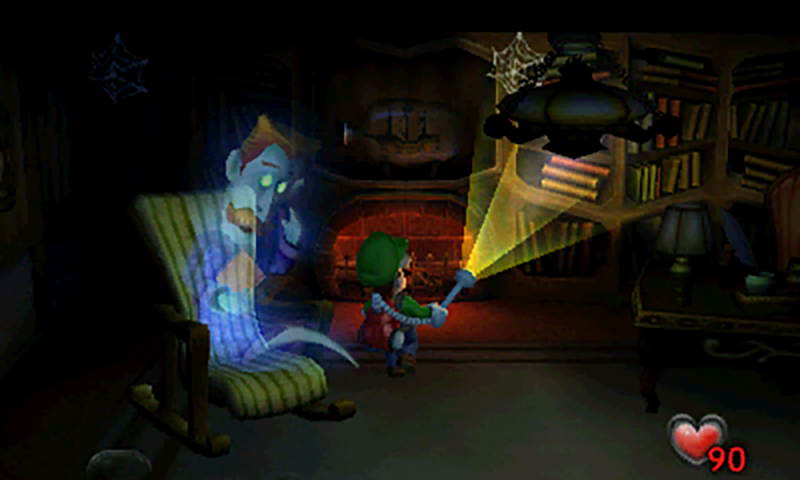
“Tip-top, Luigi! You remind me of myself at your age…”
- Professor E. Gadd
It’s time to return to the beginning: is Luigi’s Mansion on 3DS worth it? Well, as I said right at the start, if you’ve never played this game and you own a 3DS, it’s really a no-brainer. Luigi’s Mansion is a Nintendo classic that is still just as fun today as it was when it launched. I’m thoroughly enjoying my time with it.
But if you did own this on GameCube and you’ve already played it a couple of times, there’s not really anything new here to bring you back — other than being able to play on the go, of course. And for some, that might be worthwhile in and of itself.
